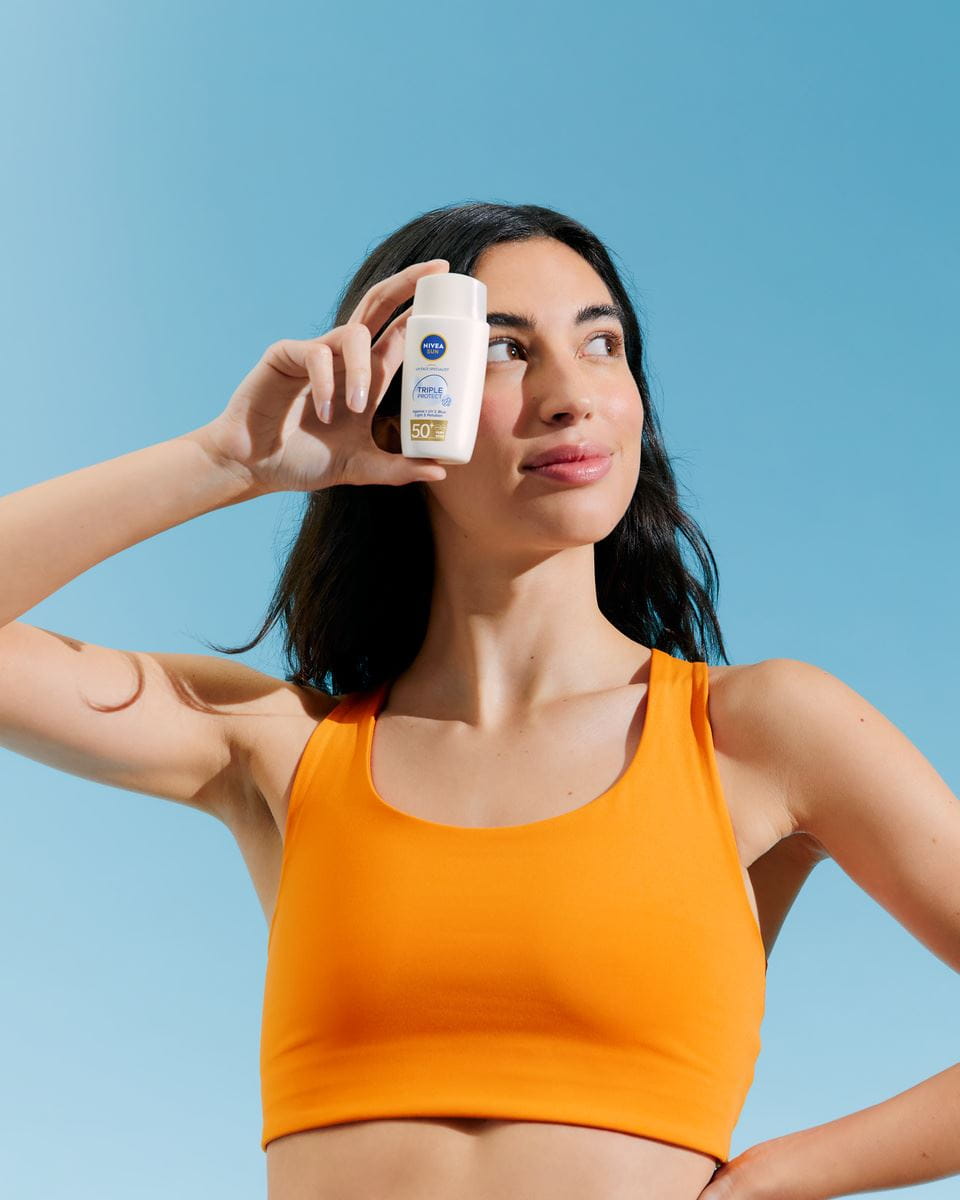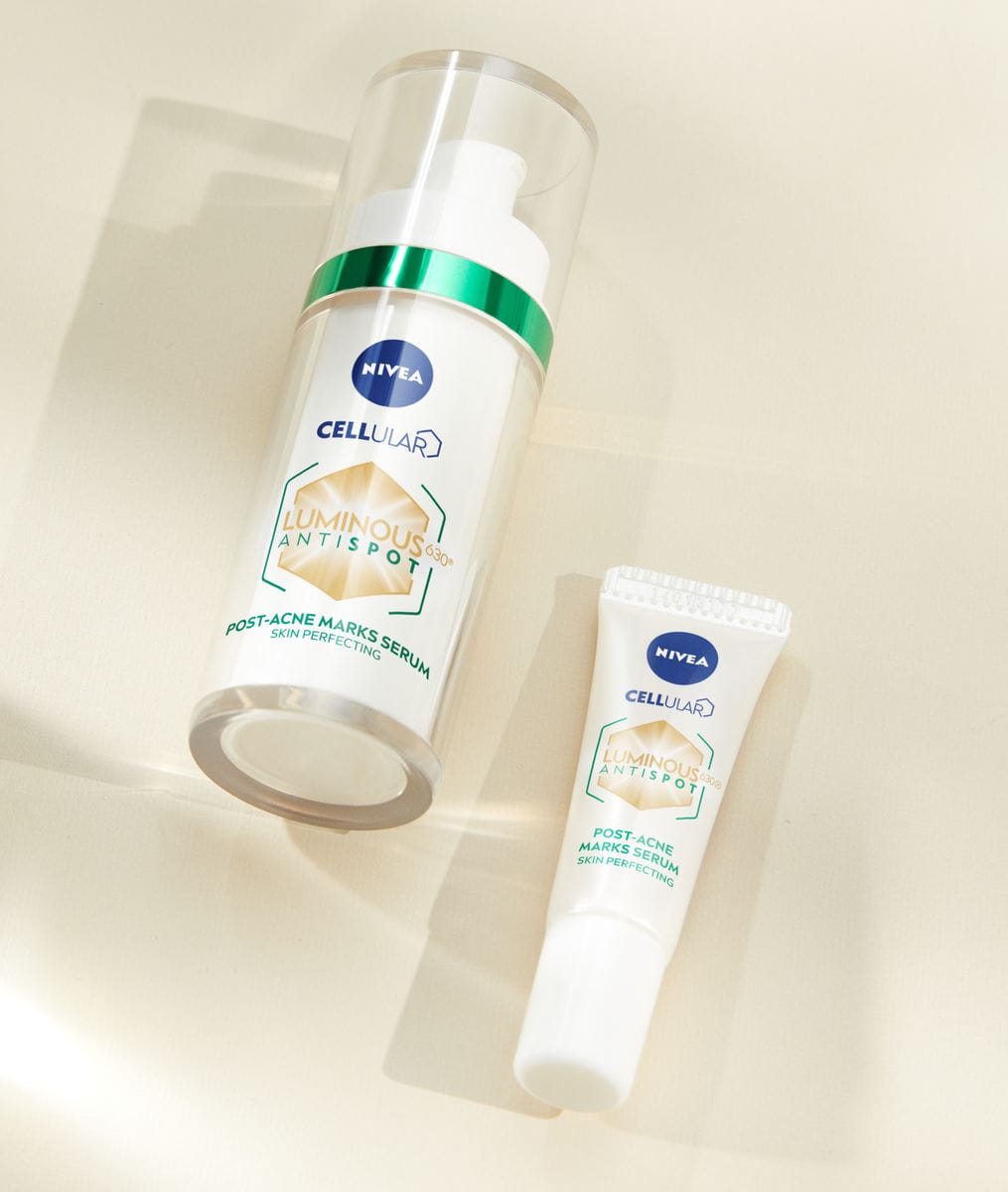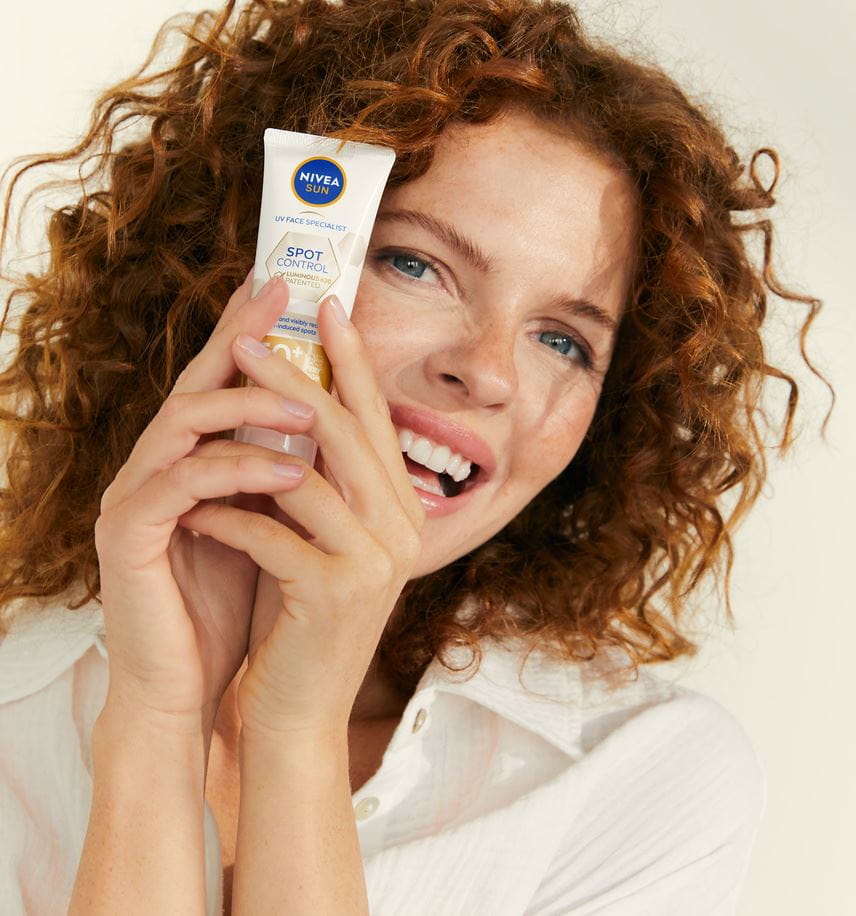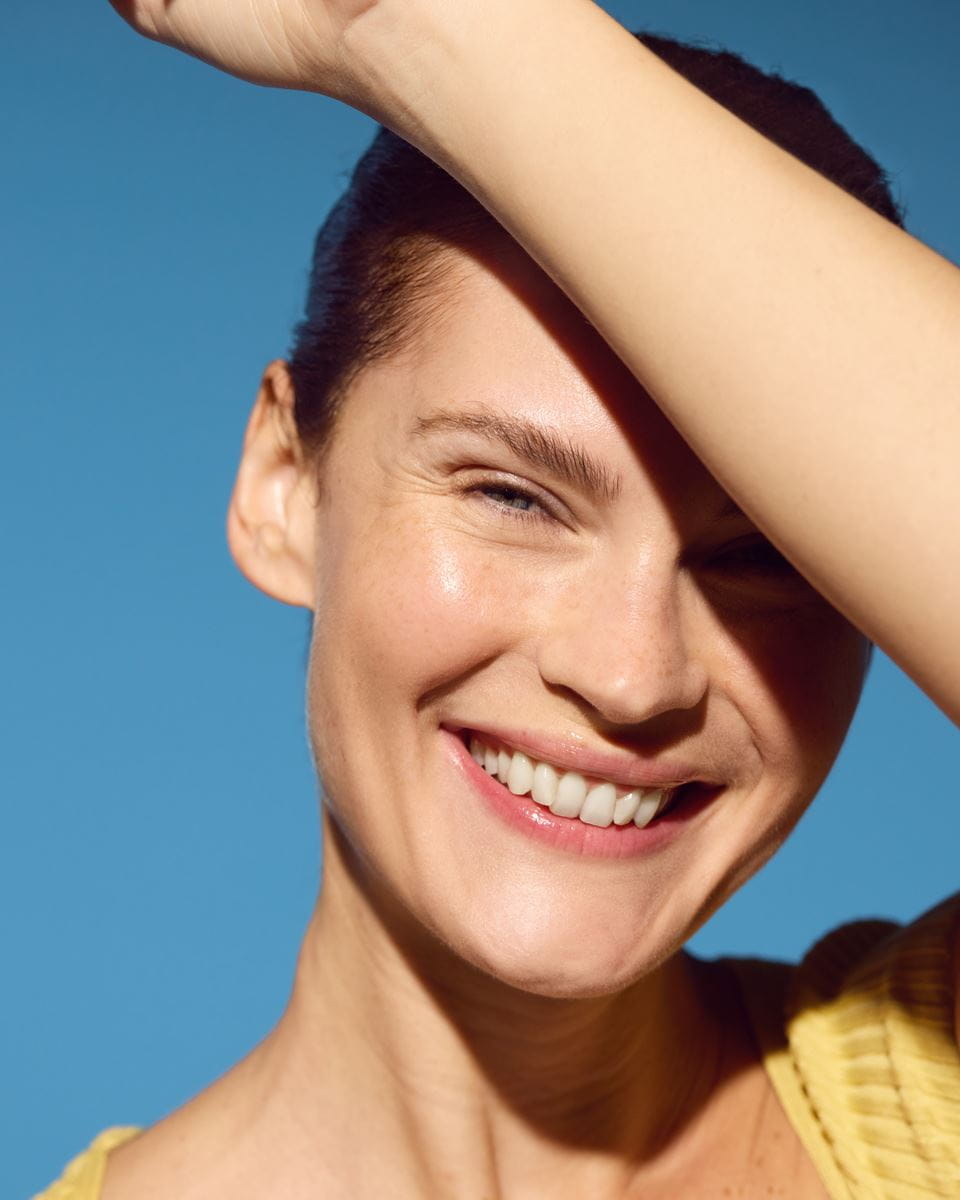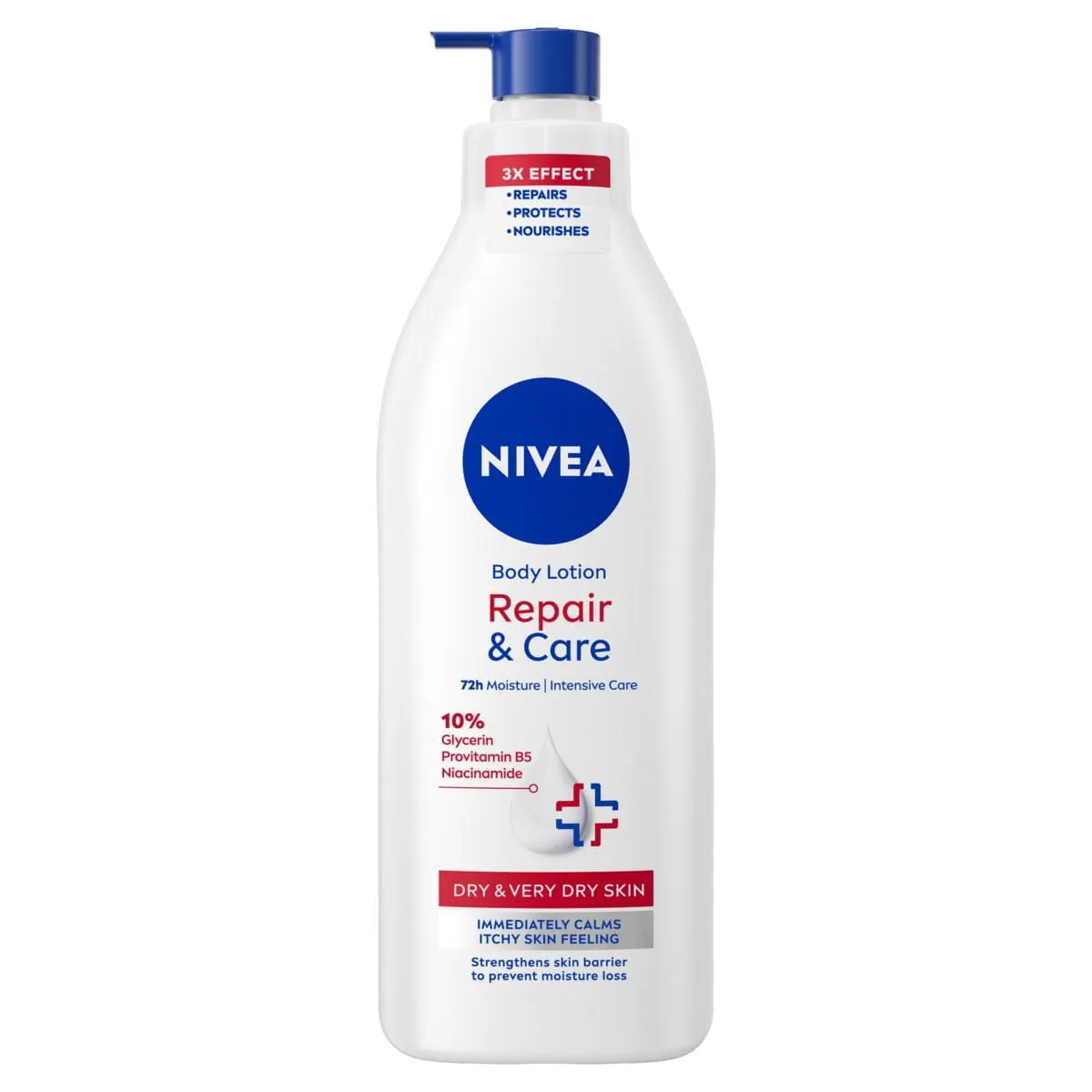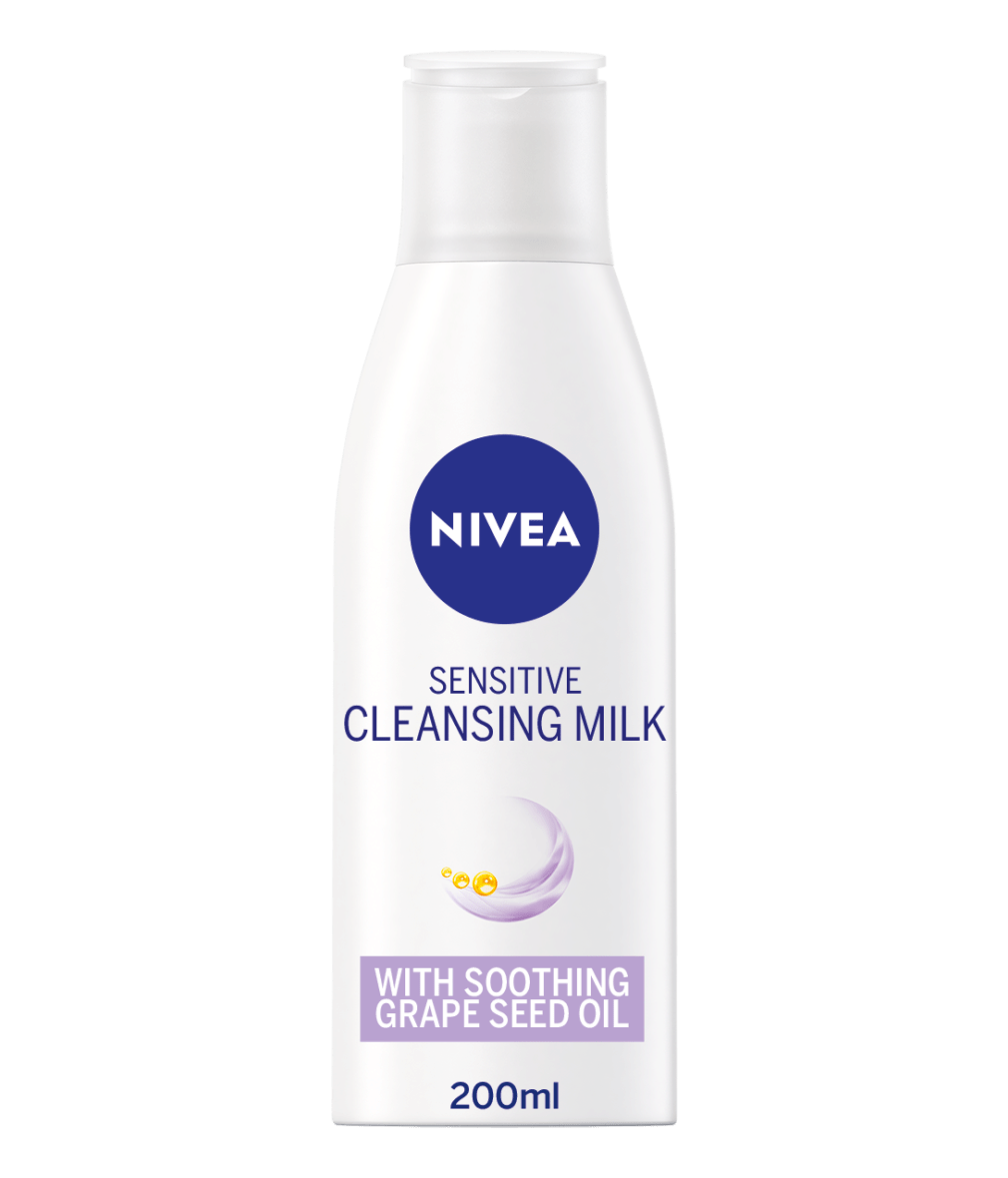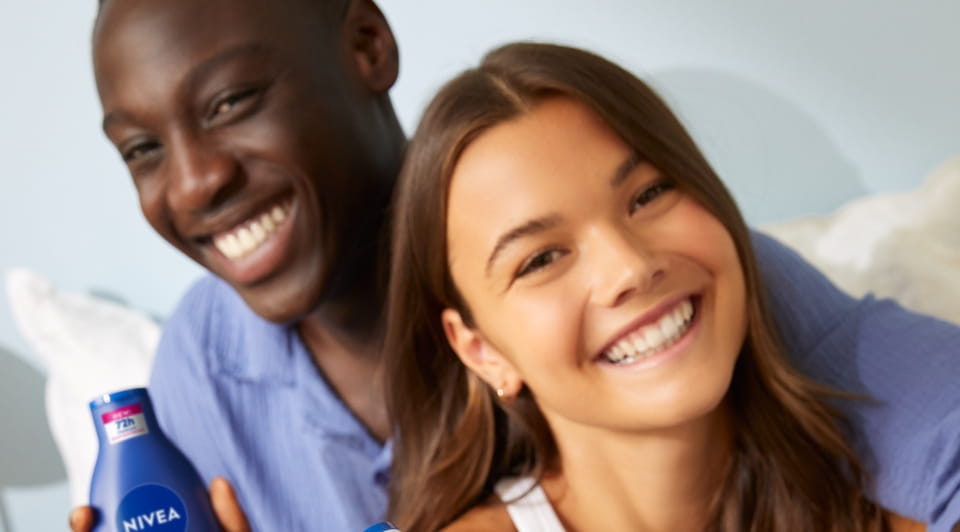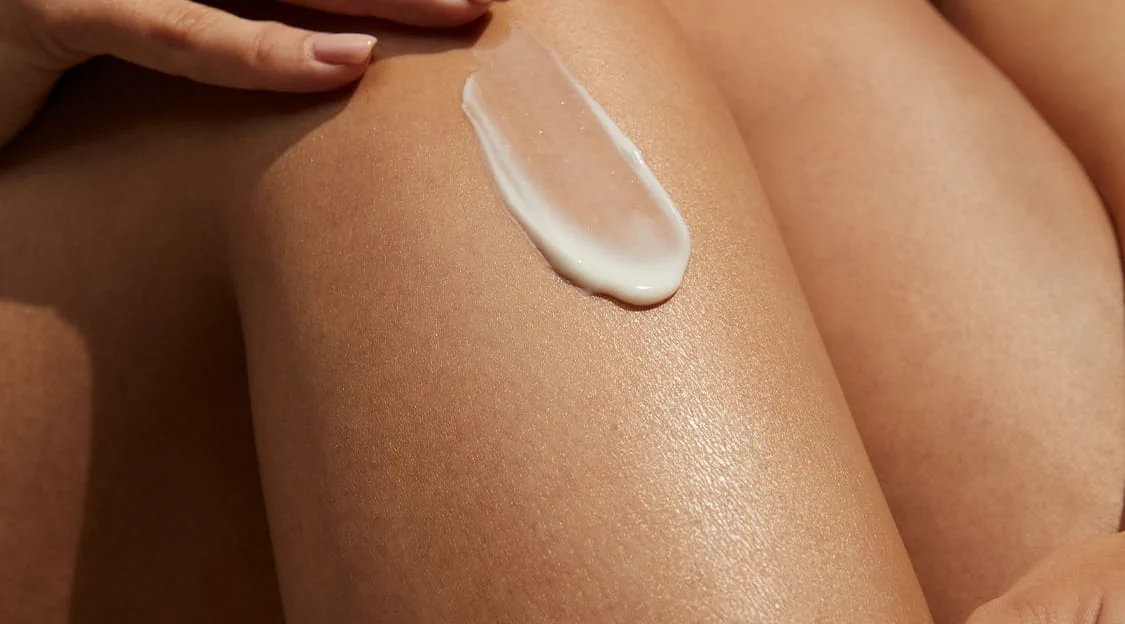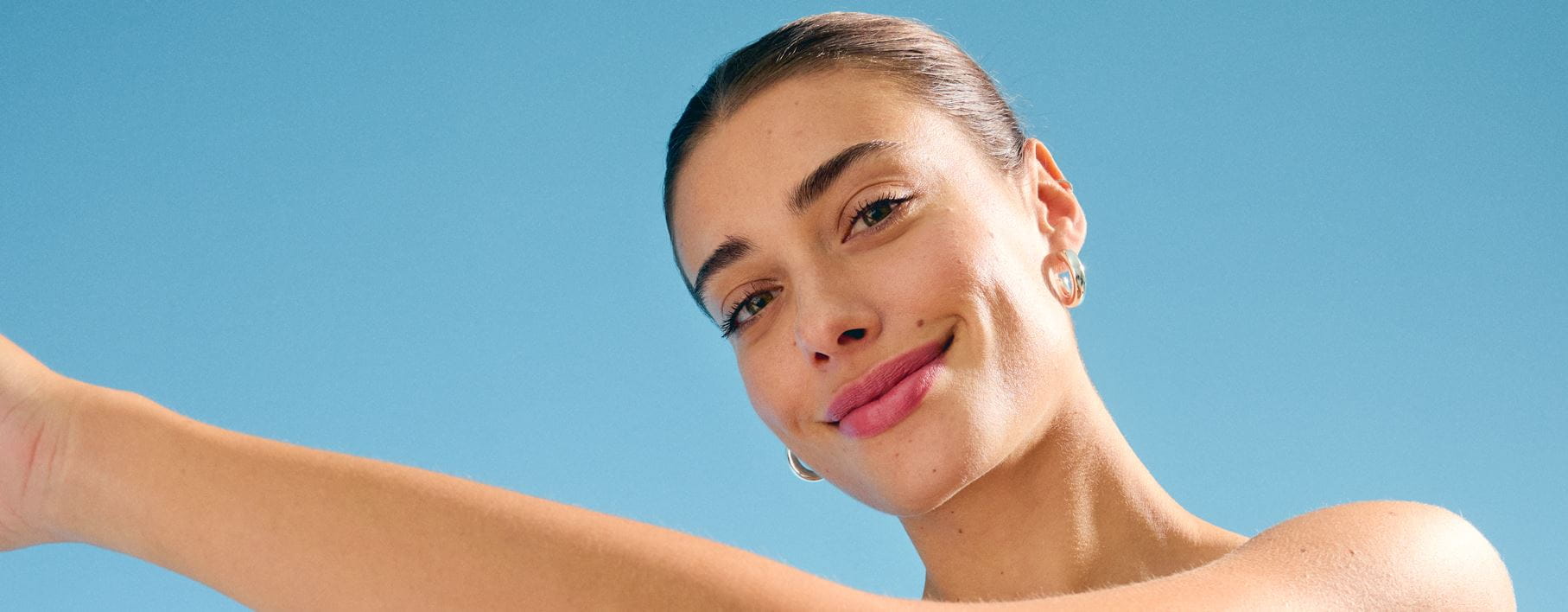
What Causes Red Spots on the Skin?
Find out the causes of red spots and how to recognise the different types.
Red spots on the skin can vary in size, shape, and location, appearing as isolated marks or in breakouts. They may be varied in appearance, and their colour intensity and texture can provide clues about their cause.
Red spots can appear due to several reasons: an infection, a reaction to the sun or heat, dermatitis, an allergy or petechiae - tiny purple, red, or brown spots that usually appear on your arms, legs, stomach, and buttocks.
Red spots can appear due to several reasons: an infection, a reaction to the sun or heat, dermatitis, an allergy or petechiae - tiny purple, red, or brown spots that usually appear on your arms, legs, stomach, and buttocks.
What Causes Red Spots on the Skin?
Red spots on the skin can be caused by many reasons and understanding them can help in identifying the reason behind their appearance:
4 Different Types of Red Spots:
Can You Prevent Red Spots From Occurring?
Although it's not possible to prevent all types of red spots, general hygiene and care measures can help reduce the risk of their appearance.
Facts Overview
Red Spots
5 Signs to Seek Medical Advice:
While many red spots on the skin are harmless and can be treated at home, there are certain situations where medical advice is necessary:
Summary
Red spots on the skin, ranging from flat spots to raised pimples, can stem from various causes like allergies, infections, and chronic skin conditions. Understanding these causes and properly identifying the spots is crucial for effective management. Preventing red spots involves maintaining a regular skincare routine, staying hydrated, eating a balanced diet, avoiding allergens and irritants, and managing stress. Persistent or severe cases should be evaluated by a healthcare professional for proper care.
